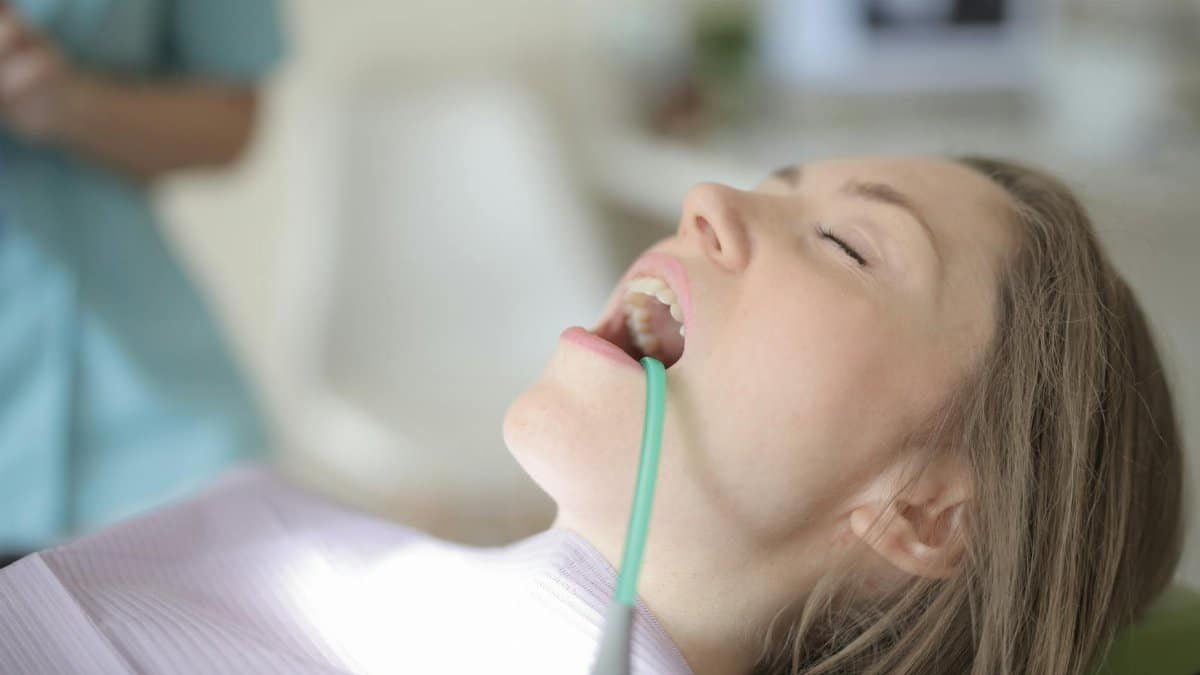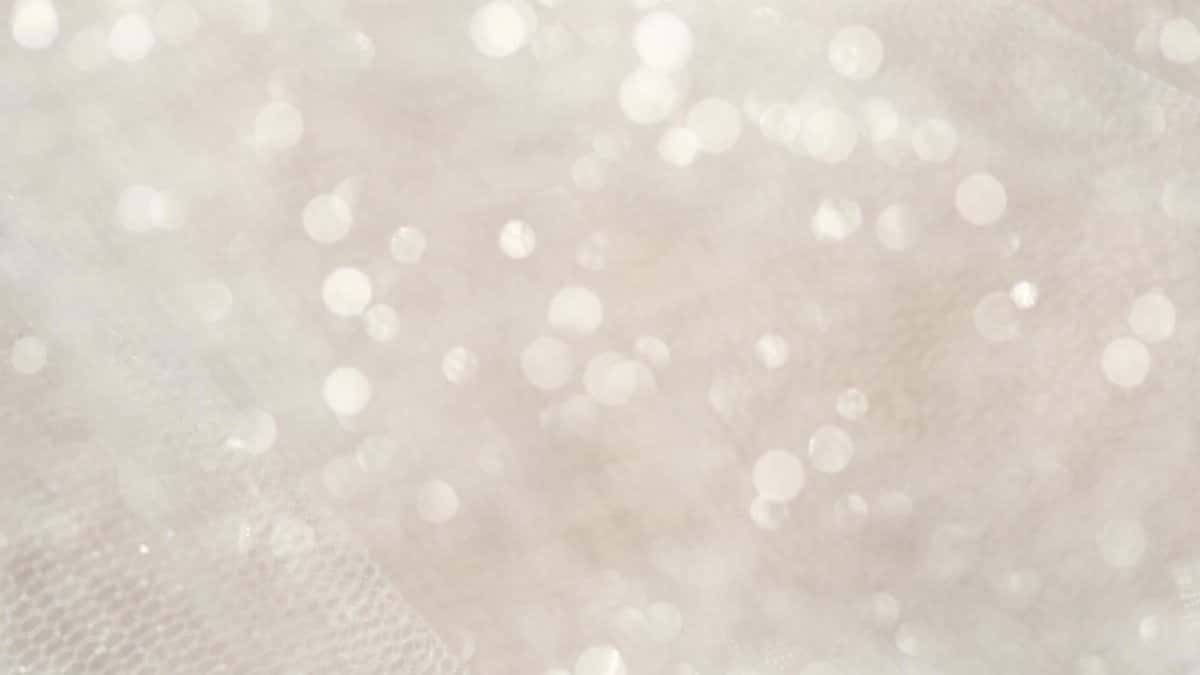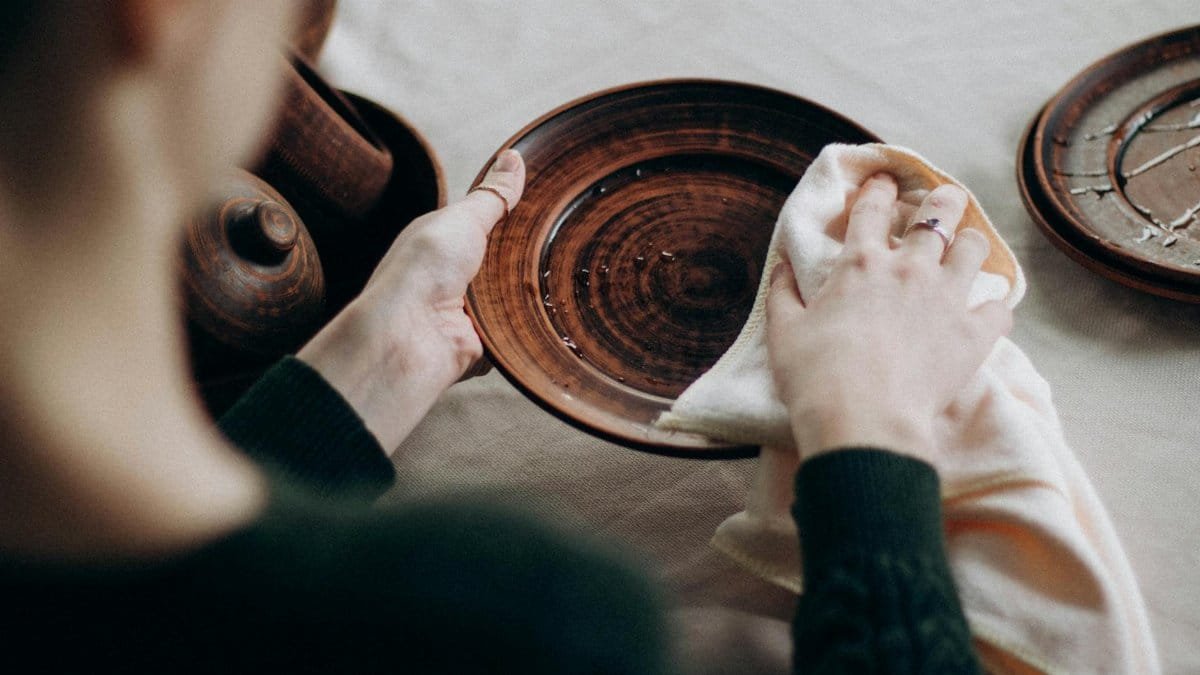Did you know that 70% of Americans report turning to cleaning tasks during times of high stress, according to a recent survey? This instinctive behavior isn’t just about tidying up—it’s a subtle cry for control amid chaos. Enter healing presence, the mindful art of being fully attuned to the moment, which experts say can transform overwhelming emotions into productive energy. As emotional overload spikes in our fast-paced world, understanding why we grab the mop could unlock deeper self-care strategies. In 2025, with mental health awareness at an all-time high, this phenomenon is gaining traction in wellness circles.
The Emotional Trigger Behind the Scrub

When emotions run high, the brain seeks order. Cleaning provides an immediate sense of accomplishment, acting as a physical outlet for intangible stress. Psychologists note that this response stems from a need to regain control when life feels unpredictable. It’s not random—it’s a survival tactic wired into our psyche. For many, the act of organizing a messy space mirrors the desire to sort through mental clutter. This ties directly into broader wellness practices, where simple actions ground us in the present.
Science Explains the Stress-Clean Connection

Research shows that repetitive tasks like cleaning release endorphins, those feel-good chemicals that combat anxiety. A study from the American Psychological Association highlights how physical activity, even household chores, reduces cortisol levels by up to 20%.APA on Stress and the Body delves into this, explaining why we instinctively reach for the vacuum during tough times. It’s biology at work, turning emotional turmoil into tangible progress without needing a gym membership.
How Cleaning Acts as Instant Therapy

Therapists often recommend “behavioral activation” for depression and anxiety, where engaging in small tasks breaks the cycle of overwhelm. Cleaning fits perfectly—it’s accessible and requires no special tools. One woman shared in a wellness forum how scrubbing her kitchen counters helped her process a breakup, channeling grief into something constructive. This hands-on approach fosters mindfulness, encouraging us to focus on the here and now rather than spiraling thoughts.
The Role of Healing Presence in Coping

Healing presence isn’t just a buzzword; it’s about embodying calm amid the storm. In yoga and movement practices, it means staying attuned to your body’s signals during emotional highs. When overwhelm hits, applying healing presence to cleaning turns a frantic chore into a meditative ritual. Instructors at studios across the U.S. emphasize breathing deeply while wiping surfaces, blending physical action with mental clarity for true balance.
Common Scenarios That Spark the Urge

Work deadlines, family arguments, or global news can all trigger this response. A 2025 poll by Gallup revealed that 45% of respondents cleaned more during election seasons, linking societal stress to personal habits. It’s especially prevalent among parents and remote workers, where home environments double as stress zones. Recognizing these triggers helps us address root causes instead of just surface-level fixes.
Potential Downsides of Over-Reliance on Cleaning

While therapeutic, excessive cleaning can mask deeper issues like avoidance. Experts warn that if it becomes compulsive, it might signal obsessive tendencies. The National Institute of Mental Health advises monitoring when habits interfere with daily life.NIMH on OCD provides insights into distinguishing healthy coping from problematic patterns, urging professional help if needed.
Integrating Mindfulness for Better Results

To elevate cleaning from a knee-jerk reaction to a mindful practice, incorporate elements like focused breathing or gratitude. Yoga experts suggest treating each swipe of a cloth as a moment of presence, acknowledging emotions without judgment. This integration amplifies the calming effects, turning a simple task into a pathway for emotional release and long-term resilience.
Real-Life Stories from Everyday People

Take Mike from Chicago, who started deep-cleaning his garage after losing his job. “It gave me purpose when everything else felt out of control,” he said. Similarly, a New York teacher reported organizing her classroom supplies to manage pandemic-era anxiety. These anecdotes, echoed in online communities, show how widespread this coping mechanism is, often leading to unexpected personal growth.
Expert Tips to Harness This Habit Positively

Professionals recommend setting timers to avoid burnout and pairing cleaning with journaling for reflection. Dr. Elena Rossi, a wellness coach, advises: “Use it as a bridge to deeper healing presence, not a substitute.” In 2025, apps tracking mood and chores are rising in popularity, helping users connect the dots between emotions and actions for smarter self-care.
Looking Ahead: Building Emotional Resilience

As we navigate an increasingly chaotic world, understanding why we clean under stress empowers better habits. By weaving in healing presence, we can evolve this instinct into a tool for genuine calm. Wellness trends point to more integrated approaches, blending movement, mindfulness, and daily routines for sustained balance. It’s not about spotless homes—it’s about clearer minds.
